Comparison of 4-th and 5-th aircraft. Part of 2. Close air combat
This is a continuation of the previous article. For completeness, I advise you to read the first часть.
Continuing to compare the capabilities of the 4 ++ fighter generation with the 5, we will turn to the most prominent serial representatives. Naturally, this is Su-35 and F-22. This is not entirely fair, as I said in the first part, but still.
Su-35 is a development of the legendary Su-27. What is the uniqueness of his ancestor, I think, everyone remembers. Until 1985, for nine years, the F-15 reigned supreme. But the mood overseas plummeted when the first production Su-27 began to be adopted. A fighter with super-maneuverability, capable of reaching previously unattainable angles of attack, in 1989 for the first time publicly demonstrating the “Cobra Pugachev” technique, is beyond reach of Western competitors. Naturally, his new "thirty-fifth" modification absorbed all the advantages of the ancestor and added a number of its features, bringing the design of the "twenty-seventh" to the ideal.
A striking feature of the Su-35, as well as the rest of our generation of aircraft 4 +, is a deflectable thrust vector. For unknown reasons, it is distributed only in our country. Is this element so unique that no one can repeat it? The technology of the deflected thrust vector was also tested on fourth generation American aircraft. General Electric developed the AVEN nozzle installed and tested on an F-16VISTA aircraft in 1993 g. No.1. Pratt Whitney has developed a PYBBN nozzle (a better design than GE), installed and tested on an F-15ACTIVE aircraft in 1996 g. No.2. In 1998, the TVN deflected nozzle for Eurofighter was tested. However, not a single fourth-generation western aircraft received a COT in the series, despite the fact that modernization and production continues to this day.
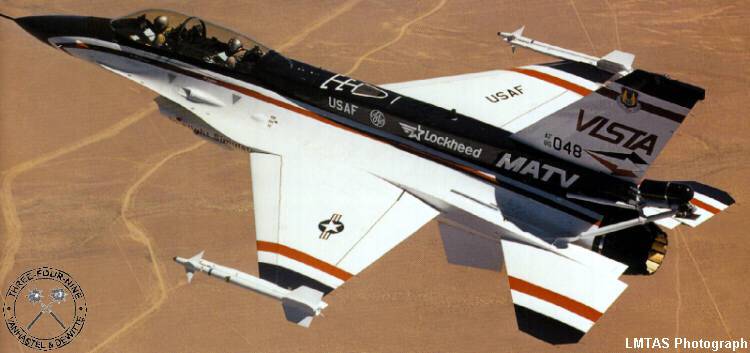
Having appropriate technologies for the deviation of the thrust vector, in 1993 (AVEN) on F-22 they decided not to use them. They went the other way, creating a rectangular nozzle to reduce radar and thermal visibility. The bonus was the deviation of these nozzles only up and down.
What is the reason for this dislike of the West for the vector of deviation? To do this, we will try to understand what the close air combat is based on, and how a deflected vector of thrust can be used in it.
The maneuverability of the aircraft is determined by overloads. They, in turn, are limited by the strength of the aircraft, the physiological abilities of the person and the limiting angles of attack. Also important is the thrust-weight of the aircraft. When maneuvering - the main task is to quickly change the direction of the velocity vector or the angular position of the aircraft in space. That is why the key issue in maneuvering is established turn or forced. With a steady turn of the plane as quickly as possible changes the direction of the motion vector, while not losing speed. The forced turn is due to a more rapid change in the angular position of the aircraft in space, but it is accompanied by active loss of speed.
A.N. In his books about the First World War, Latchinsky cited the words of several Western aces pilots: German ace Nimmelman wrote: “I am unarmed while I am below”; Belke said: “The main thing in air combat is vertical speed.” Well, how not to remember the formula of the famous A. Pokryshkin: "Height - speed - maneuver - fire".
Structuring these statements with the previous paragraph, we can understand that speed, height and thrust-to-weight ratio will be decisive in aerial combat. You can combine these phenomena with the concept of energy altitude. It is calculated by the formula shown in Figure No. 3. Where He is the energy level of the aircraft, H is the height of flight, V2 / 2g is the kinetic height. The change in kinetic height over time is called the energy rate of climb. The practical essence of the energy level lies in the possibility of its redistribution by the pilot between altitude and speed, depending on the situation. Possessing a margin of speed, but a lack of height, the pilot can perform a slide, as bequeathed by Nimmelman, and gain a tactical advantage. The ability of the pilot to properly manage the available energy is one of the determining factors in an air battle.
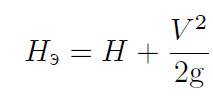
Now we understand that when maneuvering at steady turns, the plane does not lose its energy. Aerodynamics and engine thrust balance resistance. With a forced reversal, there is a loss of energy of the aircraft, and the duration of such maneuvers is not only limited by the minimum evolutionary speed of the aircraft, but also by the expenditure of the energy advantage.
From the formula in Figure No. 3, we can calculate the parameter of the climb rate of the aircraft, as I said above. But now it becomes clear the absurdity of data on the rate of climb, which are given in open sources for different aircraft, as this is a dynamically changeable parameter, depending on the height, flight speed and overload. But at the same time, it is the most important component of the energy level of the aircraft. Based on the foregoing, the potential of the aircraft on the set of energy can be conditionally determined by its aerodynamic quality and thrust-to-weight ratio. Those. You can increase the potential of an aircraft with worse aerodynamics by increasing engine thrust and vice versa.
Naturally, it is impossible to win a battle by one energy. Equally important is the characteristic of turning the aircraft. For it, the formula shown in Figure No. 4 is valid. It can be seen that the characteristics of the rotation of the aircraft are directly dependent on overload Ny. Accordingly, for a steady reversal (without energy loss), Nyr is important - a disposable or normal overload, and for a forced reversal of Nypr, the ultimate overload overload. First of all, it is important that these parameters do not go beyond the limits of the operational overload of the Nye aircraft, i.e. strength limit. If this condition is met, then the most important task in designing an aircraft will be the maximum approximation of Nyp to Nye. Simply put - the ability of an aircraft in a larger range to perform maneuvers without loss of speed (energy). What affects Nyp? Naturally, the aerodynamics of the aircraft, the greater the aerodynamic quality, the higher the possible value of Nyp, in turn, the improvement of aerodynamics is influenced by the indicator of the load on the wing. The smaller it is, the higher the turning point of the aircraft. Also, Nyp is also affected by the thrust-to-weight ratio of the aircraft, the principle we spoke about above (in the power industry) is also true for turning the aircraft.

Simplifying the above and not yet touching the deviation of the thrust vector, it is fair to note that the most important parameters for a maneuverable aircraft will be the thrust-to-weight ratio and the load on the wing. Limit their improvements can only cost and technical ability of the manufacturer. In this regard, the graph presented in Figure No. 5 is interesting, it gives an understanding of why F-15, prior to 1985, was the master of the situation.
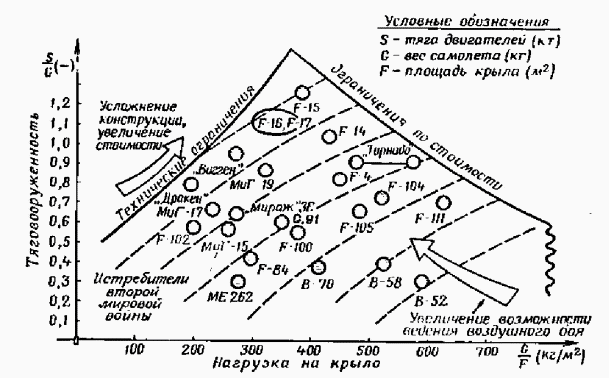
To compare Su-35s with F-22 in close combat, we first need to refer to their ancestors, namely Su-27 and F-15. Let us compare the most important characteristics available to us, such as thrust-to-weight ratio and wing load. However, the question is, for what mass? In the RLE, the normal take-off mass is calculated on the basis of the 50% of fuel in the tanks, two medium-range missiles, two short-range missiles and a gun ammunition. But the maximum fuel mass of the Su-27 is much greater than that of the F-15 (9400 kg versus 6109 kg), therefore, the 50% reserve is different. This means that the F-15 will benefit in advance at least in mass. In order for the comparison to be more honest, for the sample I propose to take the mass of 50% of the Su-27 fuel, so for the Eagle we will get two results. As the Su-27 armament we take two P-27 missiles on APU-470 and two P-73 missiles on the p-72-1. For the F-15C AIM-7 armament on the LAU-106a and AIM-9 on the LAU-7D / A. For the specified masses we calculate thrust-bearing capacity and load on the wing. The data are presented in the table in figure No. 6.
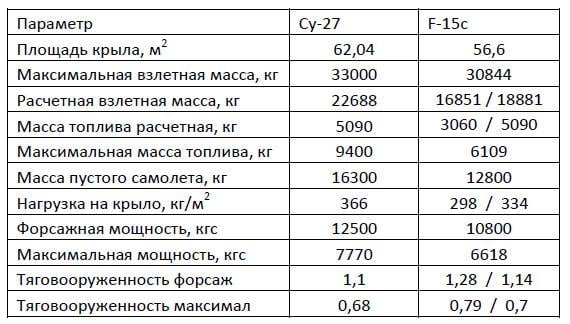
If we compare the F-15 with the fuel calculated for it, then the indicators are very impressive, however, if we take fuel equal to the mass of 50% of the Su-27 fuel, then the advantage is almost minimal. The difference in hundredths in the weight ratio, but still the load on the wing of the F-15 is decently ahead. Based on the calculated data, the "Eagle" should have an advantage in melee air combat. But in practice, the training battles between F-15 and Su-27, as a rule, remained for ours. Technologically, the Sukhoi Design Bureau could not create an aircraft as light as its competitors, it is no secret that we were always a little inferior in terms of avionics. However, our designers have chosen a different path. In training competitions no one used the "Cobra Pugachev" and did not use the CAT (it was not there yet). It was Sukhoi’s perfect aerodynamics that gave him a significant advantage. The integral layout of the fuselage and the aerodynamic quality of the 11,6 (with the F-15c 10) leveled the advantage of the wing loading of the F-15.
However, the advantage of the Su-27 has never been overwhelming. In many situations and with different flight modes, the F-15c can still compete, since the majority still depends on the pilot’s qualifications. This can be easily traced from the maneuverability graphs, which will be discussed below.
Returning to the comparison of the fourth-generation aircraft with the fifth, we draw up a similar table with the characteristics of the thrust-to-weight ratio and the load on the wing. Now for the basis of the amount of fuel we take the data on the Su-35, since the F-22 has less tanks (Fig. No. 7). As weapons "drying" two missiles RVV-SD on the AKU-170 and two missiles RVV-MD on the P-72-1. The armament of the Raptor is two AIM-120 on the LAU-142 and two AIM-9 on the LAU-141 / A. For the overall picture, calculations for T-50 and F-35A are also given. The parameters of the T-50 should be treated skeptically, as they are estimated, and the manufacturer did not give official data.
From the table in figure No. 7, the main advantages of the fifth generation aircraft over the fourth are clearly visible. The separation in the wing load and thrust-weight ratio is much more significant than that of the F-15 and Su-27. The potential for energy and Nyp increase in the fifth generation is much higher. One of the problems of modern aviation - multifunctionality, and touched the Su-35s. If with thrust on the afterburner it looks good, then the wing load is inferior even to the Su-27. This clearly shows that the design of the fourth-generation airframe cannot, with modernization, achieve the fifth.
It should be noted aerodynamics F-22. There are no official data on aerodynamic quality, however, according to the manufacturer, it is higher than that of the F-15c, the fuselage has an integral layout, and the wing load is even less than that of the Eagle.
Separately, it should be noted engines. Since only Raptor possesses fifth-generation engines, this is especially noticeable in thrust-to-weight ratio in the maximum mode. The specific consumption in the “fast and the furious” mode, as a rule, is more than twice the flow rate in the “maximum” mode. Engine operating time at the afterburner is significantly limited by the aircraft fuel reserves. For example, Su-27 on the “afterburner” eats more than 800 kg of kerosene per minute, therefore, an aircraft with better thrust-to-weight ratio at the “maximum” will have advantages over a much longer period of time. That is why 117 ed is not the fifth generation engine, and neither Su-35, nor T-50 have the advantage over the F-22. Therefore, for the T-50, the fifth generation engine being developed is a “type 30” engine.
Where from all of the above can a deflection vector be applied? To do this, we turn to the graph in figure №8. These data were obtained for the horizontal maneuver of the Su-27 and F-15c fighters. Unfortunately, similar data for the Su-35 is not yet publicly available. Pay attention to the boundaries of the steady reversal for the 200 m and 3000 m heights. On the ordinate axis we can see that in the 800 – 900 range km / h for the specified heights, the highest angular velocity, which is 15 and 21 deg / s, is reached. It is limited only by aircraft overload in the range from 7,5 to 9. It is this speed that is considered to be the most advantageous for conducting a close air combat, since the angular position of the aircraft in space changes as quickly as possible. Returning to the fifth-generation engines, the aircraft with greater thrust-to-weight ratio and capable of moving on a supersonic without using an afterburner gains an energy advantage, since it can use up the speed to climb, until it falls into the range of the most advantageous for the BVB.
If you extrapolate the graph in Figure No. 8 on Su-35 with a deflected thrust vector, how can you change the situation? The answer is perfectly visible from the schedule - no way! Since the limit on the limiting angle of attack (α dop) is much higher than the limit on the strength of the aircraft. Those. aerodynamic controls are not fully utilized.
Consider the graph of the horizontal maneuver for heights 5000 – 7000 m, presented in Figure No. 9. The highest angular velocity is 10-12 degrees / sec, and is achieved in the speed range 900-1000 km / h. It is pleasant to note that it is in this range that the Su-27 and Su-35s have decisive advantages. However, these heights are not the most advantageous for maintaining the BWB, due to the drop in angular velocity. How in this case will the deflected vector of thrust help us? The answer is perfectly visible from the schedule - no way! Since the limit on the limiting angle of attack (α dop) is much higher than the limit on the strength of the aircraft.
So where can one realize the advantage of a deflected thrust vector? At heights, above the most favorable, and at speeds, below optimum for BVB. At the same time deep beyond the boundaries of the established reversal, i.e. with a forced turn, at which the energy of the aircraft is consumed. Therefore, OVT is applicable only in special cases and with energy reserves. Such regimes are not so popular in the BWB, but, of course, it is better when there is a possibility of vector deviation.
Now turn a little to stories. On the Red Flag exercises, the F-22 constantly scored victories over fourth-generation aircraft. There are only isolated cases of loss. He had never met Su-27 / 30 / 35 machines at Red Flag (at least, there is no such data). However, Su-30MKI took part in the Red Flag. Online race reports for 2008 are available. Of course, Su-30KI had an advantage over American cars, as well as Su-27 (but not at all at the expense of OVT and not overwhelming). From the reports we can see that the Su-30MKI on the Red Flag showed the maximum angular velocity in the 22 region, deg / s (most likely, at speeds in the 800 region, km / h, see the graph), in turn, F-15c went to the corner speed in 21 degrees / sec (similar speeds). Curiously, F-22 showed the angular velocity in 28 degrees / sec at the same exercises. Now we understand how this can be explained. First, the overload on certain modes of the F-22 is not limited to 7, but is 9 (see the RLE Su-27 and F-15). Secondly, due to the lower load on the wing and greater thrust-weight ratio, the limits of the steady reversal on our charts for F-22 will shift upwards.
Separately, it should be noted the unique aerobatics, which can demonstrate the Su-35s. Are they applicable in melee air combat? With the use of a deflected thrust vector, such figures as “Chakra Florov” or “Pancakes” are performed. What unites these figures? They are performed at low speeds, in order to get into operational overload, far from the best in BVB. The plane abruptly changes its position relative to the center of mass, since the velocity vector, although shifted, does not change drastically. The angular position in space remains unchanged! What is the difference rocket or radar that the plane is spinning around its axis? Absolutely none, while he also loses his energy of flight. Perhaps with such somersaults we can fire back at the enemy? It is important to understand that before launching a rocket, the aircraft needs to capture the target, after which the pilot must give “consent” by pressing the “enter” button, after which the data is transmitted to the rocket and the launch is carried out. How long will it take? Obviously more than a fraction of a second spent with "pancakes" or "chakra", or something else. In this case, all this is also in deliberately losing speeds, and with the loss of energy. But you can launch short-range missiles with heat heads without capture. At the same time, we hope that the GOS of the rocket itself will capture the target. Consequently, the direction of the velocity vector of the attacker should roughly coincide with the vector of the enemy, otherwise the rocket, by inertia received from the carrier, will leave the zone of possible capture of its homing vessel. One problem - this condition is not satisfied, since the velocity vector is fundamentally with such aerobatics does not change.
Consider the Pugachev Cobra. To perform it, it is necessary to turn off the automation, which is already a controversial condition for air combat. At a minimum, the qualifications of combat pilots are significantly lower than that of aces pilots, and even this needs to be done in extremely stressful conditions. But this is the lesser of evils. The cobra is performed at altitudes around 1000 m and speeds within 500 km / h. Those. the plane should initially be at speeds lower than recommended for BVB! Consequently, he cannot reach them until the enemy loses as much energy in order not to lose his tactical advantage. After the execution of the "cobra", the speed of the aircraft falls within 300 km / h (instantaneous loss of energy!) And is in the minimum evolutionary range. Consequently, “Drying” must go into a dive to gain speed, while the enemy not only maintains an advantage in speed, but also in height.
But can such a maneuver provide the necessary benefits? It is believed that by such braking we can skip the opponent ahead. Firstly, the Su-35 and so there is the possibility of air braking without the need to turn off the automation. Secondly, as it is known from the flight energy formula, it is necessary to slow down with a climb, and not otherwise. Thirdly, what does a contestant have to do closely in the rear of a modern fight without attacking? Having seen the “Drying” in front of me performing the “cobra”, how much easier will it be to aim at the increased area of the enemy? Fourthly, as we said above, it will not be possible to capture a target with such a maneuver, but a rocket fired without capture will go “into the milk” with the inertia obtained. Schematically, such an event is presented in Figure No. 17. Fifth, again I want to ask how the enemy was so close without being attacked earlier, and why the Cobra, when can you make the Gorka, saving energy?
In fact, the answer to many questions on aerobatics is extremely simple. Demonstration performances and shows have nothing to do with the actual techniques in close combat, as they are performed on the flight modes that are obviously not applicable in the BVB.
At this, everyone for himself must conclude how the plane of the 4 ++ generation is able to withstand the fifth generation plane.
In the third part we will talk more about the F-35 and T-50 in comparison with competitors.
Продолжение следует ...
Based on:
https://ru.scribd.com/doc/310225465/Air-launched-Guided-Missiles
//www.anft.net
//www.exelisinc.com
//www.cram.com
//militaryrussia.ru
//www.globalsecurity.org
//www.airwar.ru
//www.pw.utc.com
//vpk.name
https://www.flightglobal.com
//www.dassault-aviation.com
//www.lockheedmartin.com
//www.migavia.ru
//www.boeing.com
//en.academic.ru
Babich V.K. Fighters change tactics
A. N. Lapchinsky in the book "Air Combat"
Sosulin Y.G. “Theoretical Foundations of Radar and Radio Navigation”.
P.A. Bakulev. "Radar systems".
A.A. Kolosov. "Fundamentals of over-the-horizon radar".
V.P. Berdyshev. "Radar systems".
A.N. Lagarkov, M.A. Pogosyan NEWSLETTER OF THE RUSSIAN ACADEMY OF SCIENCES volume 73, No. 9
//www.vonovke.ru
https://www.youtube.com/channel/UCDqLeWhPrzAKhv_dl7azNgw
//purepowerengines.com/
//nationalinterest.org
//tass.ru
//www.jsf.mil
//www.ausairpower.net
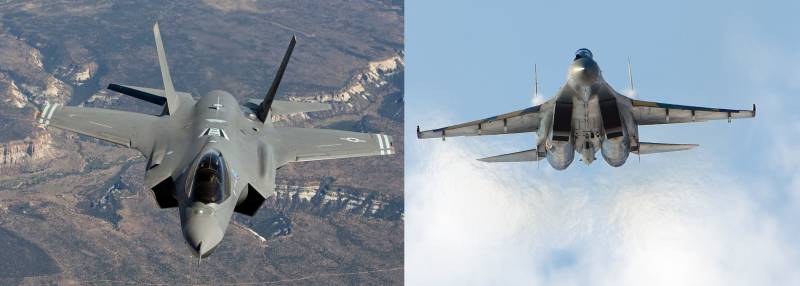
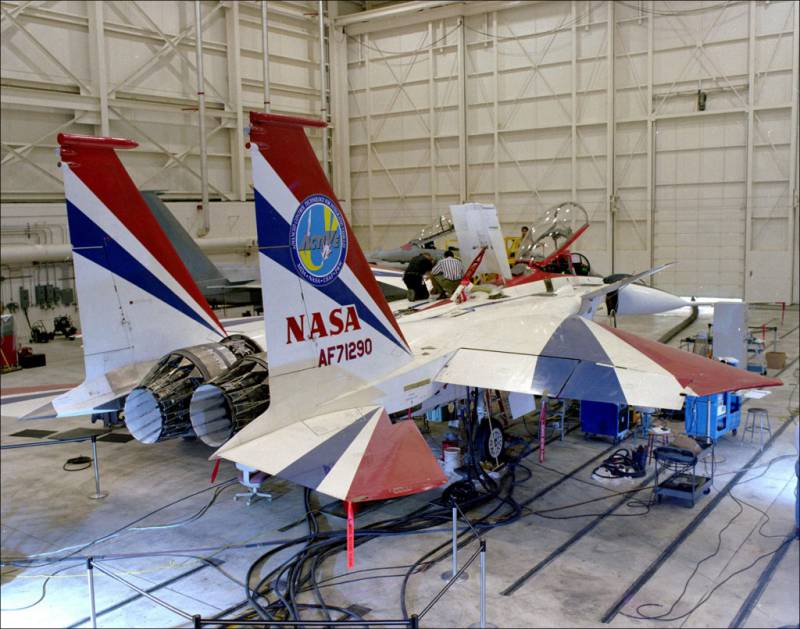
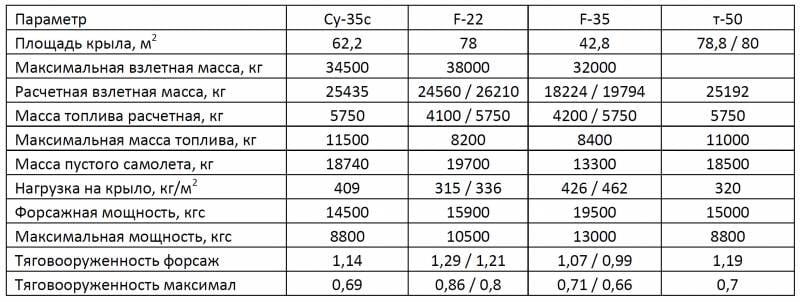
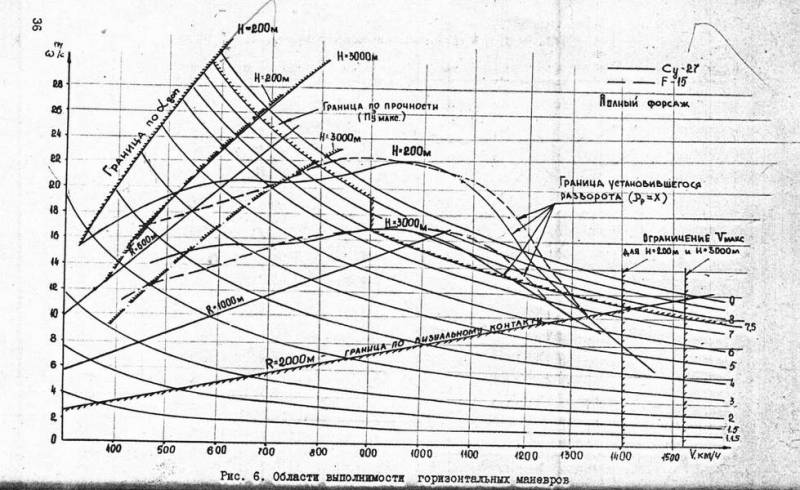
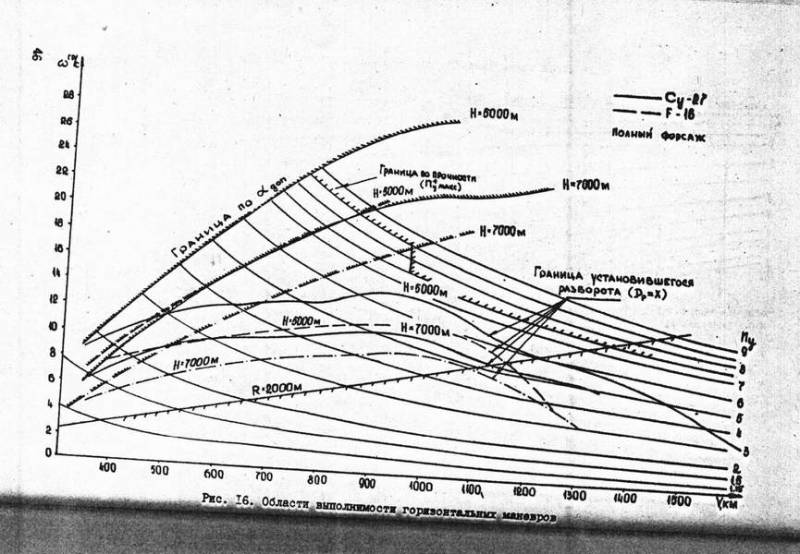
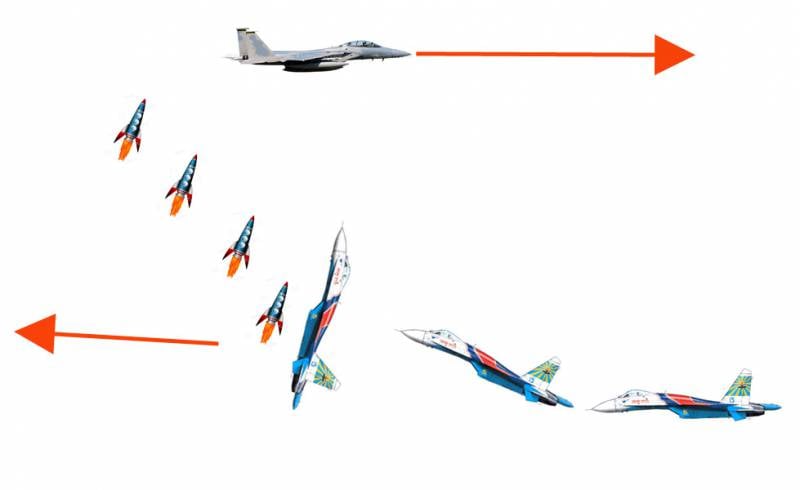
Information